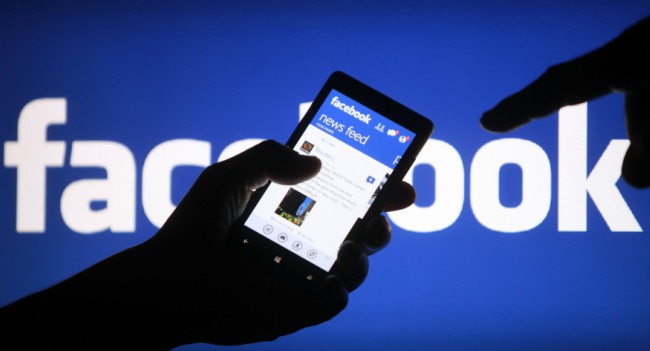The art of inbound marketing, since its inception, has grown from strength to strength. Businesses of all sizes have bought into its potential to create awareness about products and services, increase sales lead and ultimately improve the bottom-line.
One of the key questions asked, mostly by executives, is whether or not inbound marketing really produces “cash in the bank”. In boardroom speech, what is the Return On Investment for inbound marketing? If you are a digital marketer, I am very sure that in an effort to win over a client or convince senior managers to either buy into it or increase budget, you have had to deal with this all important question on numerous occasions.
In many respects, inbound marketing is a very new approach in the digital marketing sphere. This means there still remains a lot of room for improvement in terms of execution and measurement. In spite of it relatively newbie status, its performance in the areas of leads generation and customer acquisition, as compared to traditional outbound marketing gives no doubt that it is the future of marketing for any organization that seeks to grow its business in a cost effective manner.
In this article, I share 5 key facts to help businesses/marketers see the need for inbound marketing as an integral part of the overall business strategy.
1. Inbound marketing results in more, better quality, cost-effective leads: marketers have drawn one conclusion – the average cost per lead for inbound marketing is lower compared to traditional outbound. According to a survey conducted by Hubspot, of all leads generated last year, 34 per cent came from inbound channels. This is 54 per cent more leads than what outbound efforts generate.
Moreover, Cost per Lead and Cost per Acquisition for inbound is better than outbound strategies. In 2013, it cost 14 dollars more for every customer acquired through outbound sources in US. On the other hand, inbound marketers managed to save 13 per cent in cost per lead.
2. Return On Investment for inbound marketing is real not just a promise: inbound marketing results in ROI that can be measured, according to more than 40 per cent of marketers. An impressive 82 per cent of marketers who regularly produce content for their business websites see positive results from their efforts.
The previous success achieved by marketers, in many respects, has driven budget allocation for inbound marketing strategies to an all-time high. This is expected to increase even more in the coming years. For the third time in 3 years, executives (CEOs and CMOs) plan to increase their budgets by about 50 per cent.
3. Top 3 channels for inbound marketing include Social media, SEO, and blogs: Social media and SEO added 14 per cent each to the marketing funnel in the past year. SEO and social media produced 15 per cent and 13 per cent above average conversion rates last year, respectively. Together, they contributed 23 per cent to all inbound budgets.
Facebook tops the list of social media customer acquisition sources, with 52 per cent of all marketers acquiring a lead from Facebook last year. Company blogs and LinkedIn is in second place, with 43 per cent of marketers getting a customer from each of these sources.
4. Inbound marketing requires a lot more effort and commitment to get the desired results: Seventy-nine per cent of companies that have a blog reported a positive ROI for inbound marketing last year, compared to 20 per cent of companies who do not have a blog. In actual fact, 82 per cent of marketers who blog daily acquire a customer using their blog, compared to 57 per cent of marketers who do so monthly. Lastly, marketers spend 55 per cent more time than budget on blogging.
5. Analytics still leaves room for improvement: An incredible 34 per cent of businesses cannot or do not calculate ROI. Marketers have identified two main approaches – some marketers keep track of the hard numbers while others measure results using either company revenue or customer acquisitions.
I end with a quote from Jason Falls, VP of Digital Strategy:
Inbound Marketing is no longer a convenient add-on or experimental area for companies. It is a required method of doing business in today’s more consumer-focused world. Businesses that are embracing this consumer-focus are, ironically, finding it to be incredibly beneficial to their respective bottom lines. Inbound is often more cost efficient than old-school, outbound marketing. Inbound is often better at building long-term customers rather than short-term sales.
Inbound is often better at brand-building as well. Understanding how and why companies are using inbound vs. outbound marketing is critical to building these more effective approaches for your own business.



